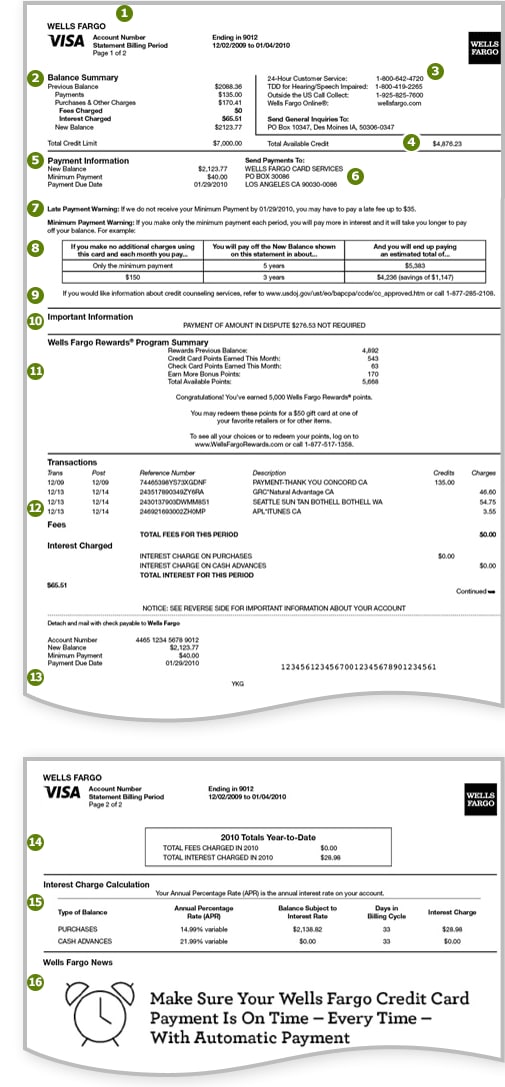A home equity line of credit (often called HELOC and pronounced Hee-lock) is a loan in which the lender agrees to lend a maximum amount within an agreed period (called a term), where the collateral is the borrower's equity in his/her house (akin to a second mortgage). Because a home often is a consumer's most valuable asset, many homeowners use home equity credit lines only for major items, such as education, home improvements, or medical bills, and choose not to use them for day-to-day expenses. HELOC abuse is often cited as one cause of the subprime mortgage crisis.

Differences from conventional loans
A HELOC differs from a conventional home equity loan in that the borrower is not advanced the entire sum up front, but uses a line of credit to borrow sums that total no more than the credit limit, similar to a credit card. HELOC funds can be borrowed during the "draw period" (typically 5 to 25 years). Repayment is of the amount drawn plus interest. A HELOC may have a minimum monthly payment requirement (often "interest only"); however, the debtor may make a repayment of any amount so long as it is greater than the minimum payment (but less than the total outstanding). The full principal amount is due at the end of the draw period, either as a lump-sum balloon payment or according to a loan amortization schedule.
Another important difference from a conventional home equity loan is that the interest rate on a HELOC is variable. The interest rate is generally based on an index, such as the prime rate. This means that the interest rate can change over time. Homeowners shopping for a HELOC must be aware that not all lenders calculate the margin the same way. The margin is the difference between the prime rate and the interest rate the borrower will actually pay.
HELOC loans became very popular in the United States in the early 2000s, in part because interest paid is typically deductible under federal and many state income tax laws. This effectively reduced the cost of borrowing funds and offered an attractive tax incentive over traditional methods of borrowing such as credit cards. Another reason for the popularity of HELOCs is their flexibility, both in terms of borrowing and repaying on a schedule determined by the borrower. Furthermore, HELOC loans' popularity may also stem from their having a better image than a "second mortgage," a term which can more directly imply an undesirable level of debt. However, within the lending industry itself, a HELOC is categorized as a second mortgage.
Because the underlying collateral of a home equity line of credit is the home, failure to repay the loan or meet loan requirements may result in foreclosure. As a result, lenders generally require that the borrower maintain a certain level of equity in the home as a condition of providing a home equity line.
Many mortgages in the United States are non-recourse loans, while mortgages in countries such as Canada are generally recourse loans. "Nonrecourse debt or a nonrecourse loan is a secured loan (debt) that is secured by a pledge of collateral, typically real property, but for which the borrower is not personally liable." A HELOC may be a recourse loan for which the borrower is personally liable. This distinction becomes important in foreclosure since the borrower may remain personally liable for a recourse debt on a foreclosed property.
Wells Fargo Business Line Of Credit Video
HELOC freeze
In 2008 major home equity lenders including Bank of America, Countrywide Financial, Citigroup, JP Morgan Chase, National City Mortgage, Washington Mutual and Wells Fargo began informing borrowers that their home equity lines of credit had been frozen, reduced, suspended, rescinded or restricted in some other manner. Falling housing prices have led to borrowers possessing reduced equity, which is perceived as an increased risk of foreclosure in the eyes of lenders. On January 27, 2010, a federal judge refused to dismiss a class action lawsuit against Chase for freezing HELOC loans. Courts have held that a bank may freeze a HELOC in instances where a home's value decreases substantially, which is deemed by courts as a 50% reduction in value.
Are You Looking for Products
Here some products related to "Home Equity Line Of Credit".
Under Cover for Wells Far..
Ingersoll Men's IN4610BKM..
Wells Fargo & Co Express ..
Wells Fargo & Co Express ..
Get these at Amazon.com* amzn.to is official short URL for Amazon.com, provided by Bitly
Source of the article : here


1 komentar:
Read your blog its really informative and helpful keep updating with newer post on Home loan interest rates Best home loan
EmoticonEmoticon